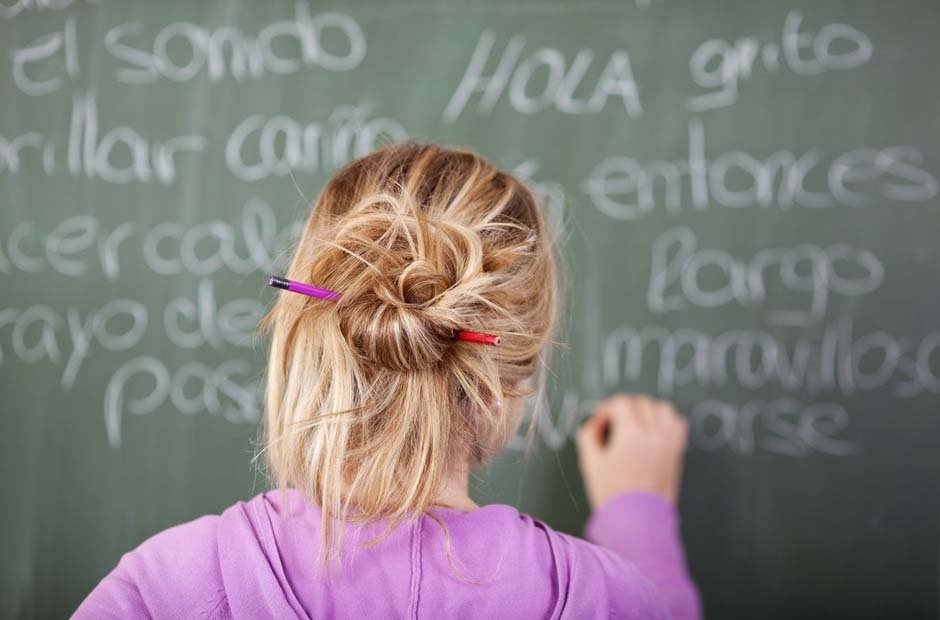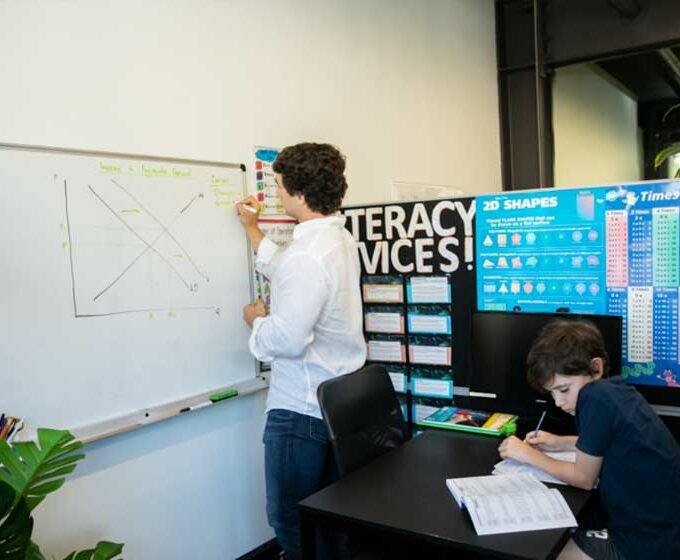In an increasingly interdependent world, mastering multiple languages is an invaluable asset, with Spanish emerging as a premier choice among language learners. But how long does it take to become fluent in this esteemed tongue? To unravel this mystery, we’ll delve into the various factors that shape the timeline of Spanish fluency and offer well-informed perspectives on the path to proficiency. So, let’s embark on this journey of linguistic exploration and uncover the truth behind the age-old query: How many years of Spanish does it take to be fluent?
Factors Influencing Language Acquisition
Here are some of the factors influencing language acquisition:
1. Prior Language Learning Experience:
Your previous experience with learning languages can significantly impact the time it takes to become fluent in Spanish. If you already speak languages with Latin roots, such as French or Italian, you might find Spanish more straightforward to grasp due to shared vocabulary and grammatical structures.
2. Learning Environment and Resources:
The learning environment plays a vital role in language acquisition. Immersion through living in a Spanish-speaking country or consistent interaction with native speakers can expedite learning. Quality resources, such as language apps, textbooks, and online courses, also contribute to effective learning.
3. Time Dedication:
Consistency is vital when it comes to language learning. Devoting a significant amount of time regularly to studying, practicing, and engaging with the language is crucial. Daily practice sessions are often more effective than infrequent, lengthy study sessions.
4. Motivation and Mindset:
Bolstered by a passionate attitude and hunger to succeed, your motivation and mindset can shape your destiny as a language learner. Nurture them both with an earnest curiosity towards the culture and sincere devotion to conquering your obstacles. The dividends of this proactive effort will be readily apparent as your proficiency swiftly increases with each passing day. With this knowledge, take charge of your academic journey and revel in the glory of linguistic empowerment!
5. Language Similarity:
If your native language shares similarities with Spanish, such as grammatical structure or vocabulary, you may find certain aspects of the language easier to grasp. For English speakers, for example, Spanish verb conjugations might pose more challenges than a language with a similar structure.
Stages of Language Learning
1. Beginner Stage:
In the early stages of language learning, you’ll be introduced to essential vocabulary and grammatical structures. As you start to interact with native speakers, rudimentary phrases and pleasantries will form the foundation of your conversations. Forge ahead with determination and acquire the knowledge necessary to engage in meaningful dialogues confidently. As you progress, strive for eloquence and fluency, embracing a well-informed tone and style.
2. Intermediate Stage:
Ready to take your language learning to the next level? This stage is where you’ll nurture your lexicon, explore the intricacies of syntax, and engage in stimulating discourse on a wealth of topics. Transcend the language’s basic rules and immerse yourself in its idiomatic expressions and subtle nuances. For example, enrich your comprehension by mastering possessive adjectives in Spanish, allowing you to convey ownership and relationships with accuracy. With this newfound knowledge, express yourself clearly and style, choosing words that befit your newfound sophistication. Embark on an exciting intellectual journey and set forth towards fluent fluency!
3. Advanced Stage:
Reaching the advanced stage of proficiency opens up a realm of possibility where you can communicate with fluidity and finesse. Engage in stimulating conversations about concrete and abstract topics, articulate your thoughts with clarity and poise, and appreciate the deeper nuances that come with an elevated grasp of the language. Delve into this exhilarating journey and hone your skills by mastering formal word choice and usage. Take delight in the confidence that comes with this newfound power to express yourself as never before.
Time Estimates for Fluency
Gaining proficiency in Spanish is an arduous yet rewarding journey. While there is no universal timeline for success, the United States Department of State’s Foreign Service Institute (FSI) approximates that it takes an average of 600-750 hours of study to attain essential fluency (B1 level). For those striving to ascend the linguistic hierarchy and obtain a competence akin to C1 or C2, another 600-750 hours of study may be required. Ultimately, the exact time necessary to become fluent in Spanish depends on individual learning habits and aptitude.
Embarking on a journey of Spanish fluency is no small task; the duration of your voyage depends on innumerable elements, ranging from your perseverance to the resources available to you. Thus, instead of fixating on the endpoint, savor the experience of becoming fluent in a language. Each step is a victory and brings you closer to unlocking the captivating world of Spanish conversations. Whether it’s to foster meaningful cultural connections, bolster employment opportunities, or cultivate your communication acumen, embracing Spanish fluency will only enrich your life. The best app for learning Spanish – rated by Linguatics is a testament to its effectiveness and quality in facilitating language acquisition.
















